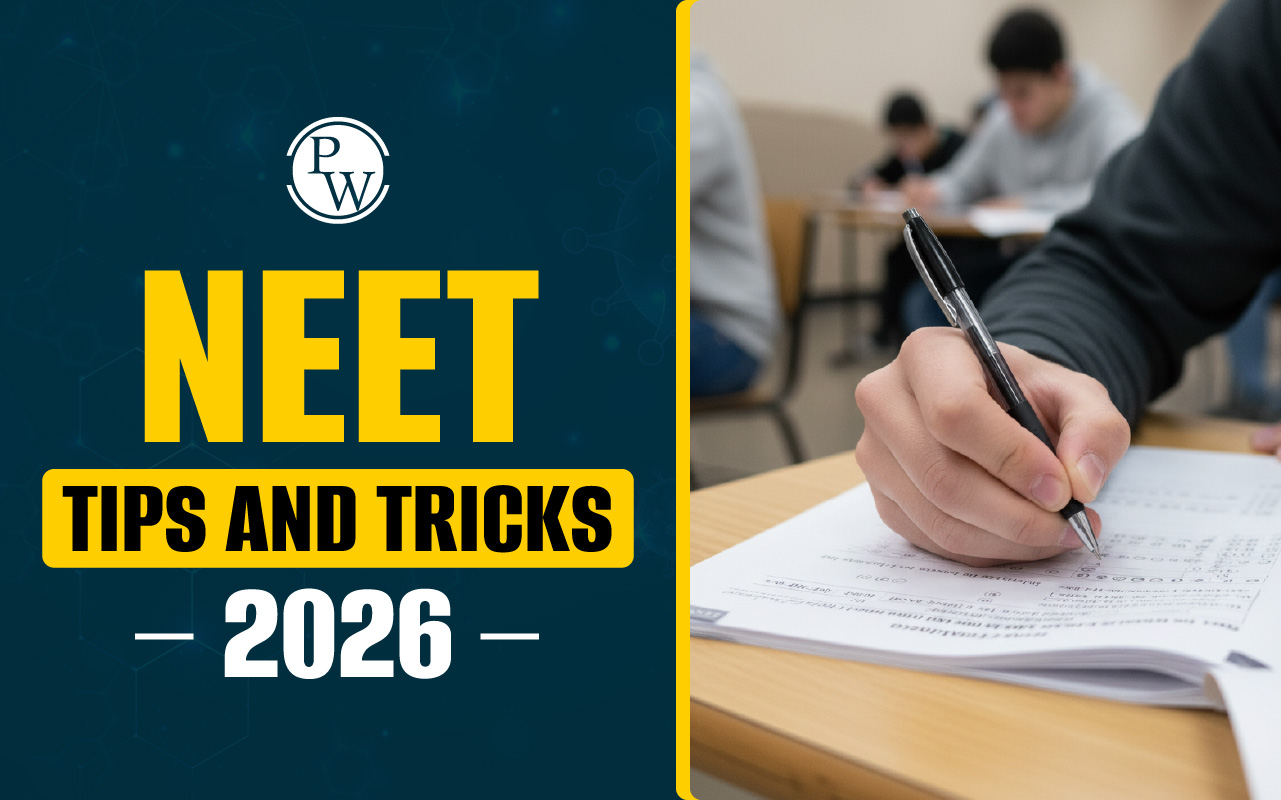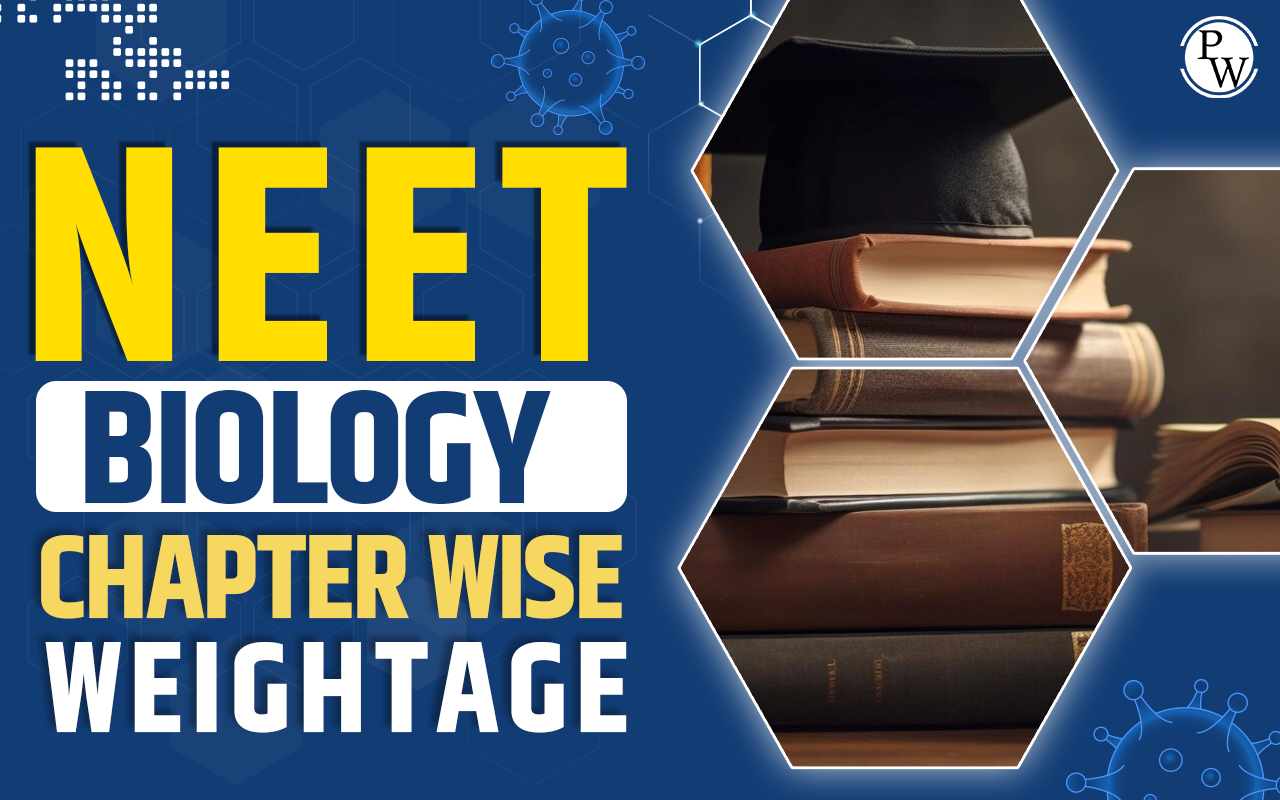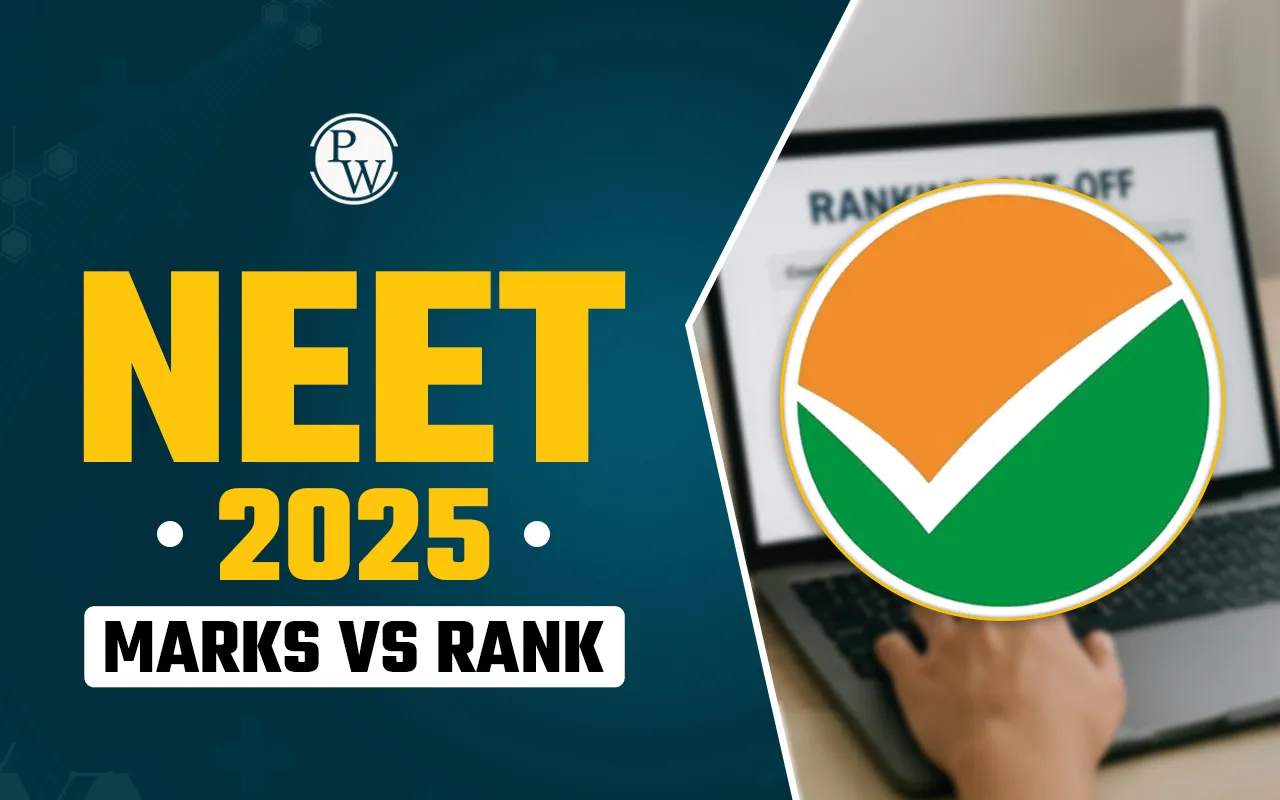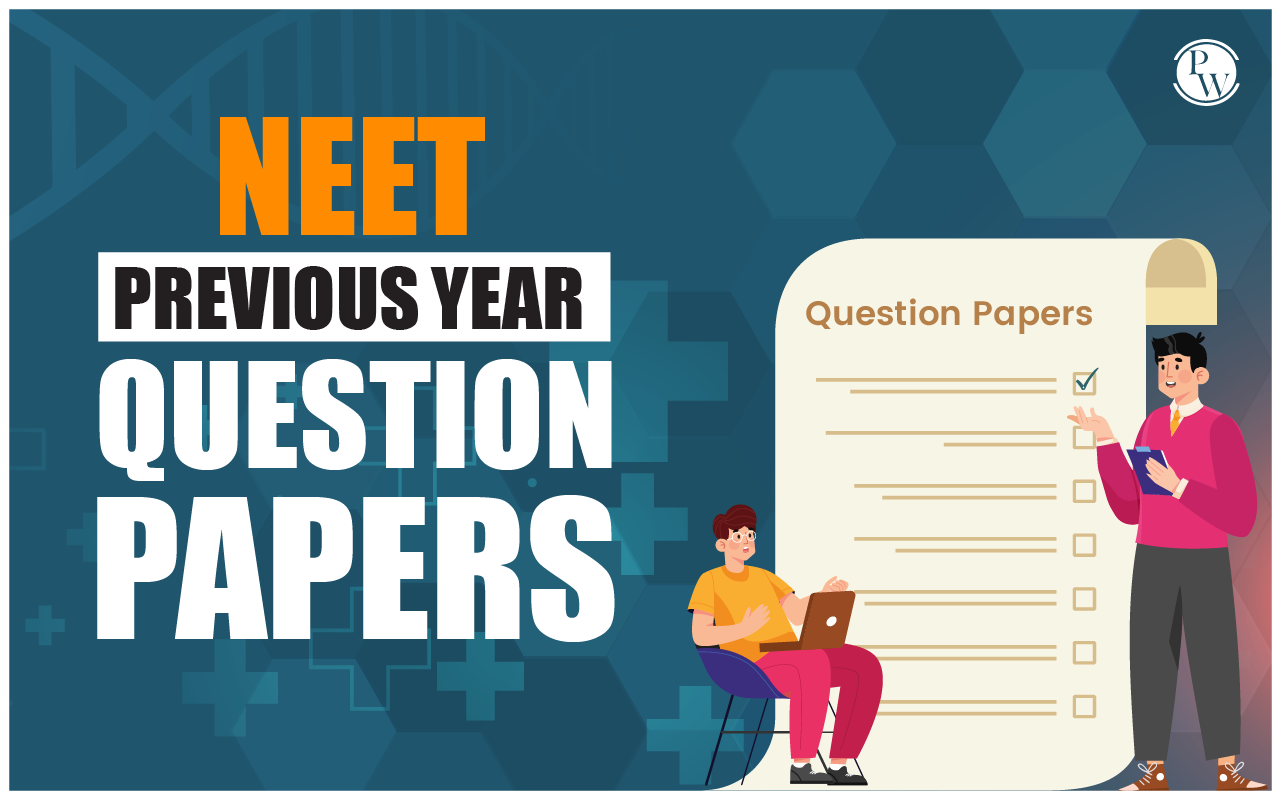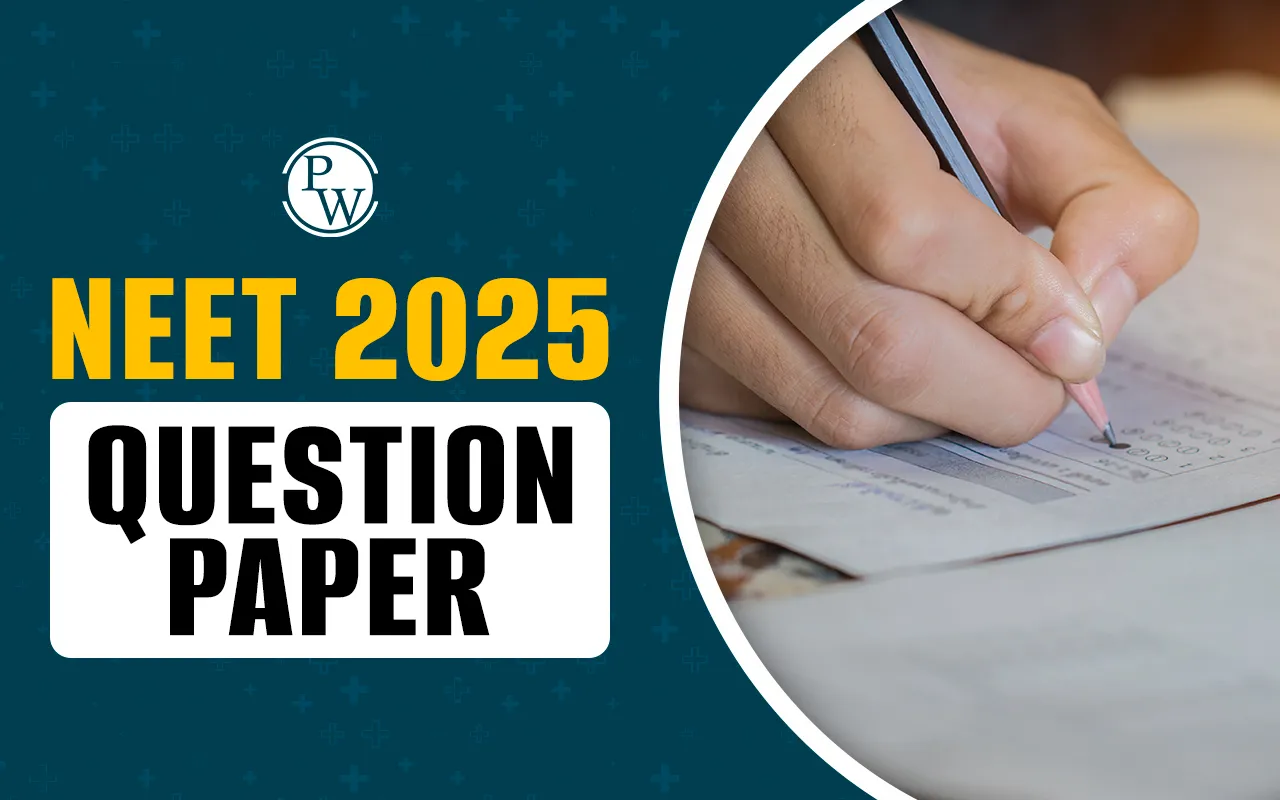
Regularly solving these MCQs helps solidify your understanding of the properties, bonding, and reactions of these elements. Consistent practice not only enhances your problem-solving skills but also familiarizes you with the NEET exam format , providing a competitive edge in your preparation. Students can access the d and f-Block Elements MCQs below to boost their preparation.
The d and f-Block Elements MCQs For NEET
To achieve success in the NEET exam, it is important to thoroughly understand the d and f-Block Elements, which are key topics in the NEET Chemistry syllabus . Concentrate on practicing multiple-choice questions (MCQs) related to these elements to strengthen your knowledge of their properties, reactions, and practical applications. The d and f-Block Elements MCQs frequently assess your understanding of periodic trends, oxidation states, and the unique characteristics of transition and inner-transition metals. Consistent practice will improve your problem-solving abilities and increase your familiarity with the NEET exam format, thereby providing you with a distinct advantage.Also Check:
The d and f-Block Elements MCQs Class 12
For Class 12 students, the d and f-Block Elements are an important part of both the Chemistry curriculum and NEET preparation as per NEET Chemistry chapter-wise weightage . It is essential to grasp the properties, bonding, and reactions of these elements for success in both board exams and competitive tests like NEET. Concentrate on practicing multiple-choice questions (MCQs) related to these topics to enhance your understanding and accuracy. Consistent practice and careful review of these MCQs will strengthen your grasp of key concepts and improve your overall exam readiness.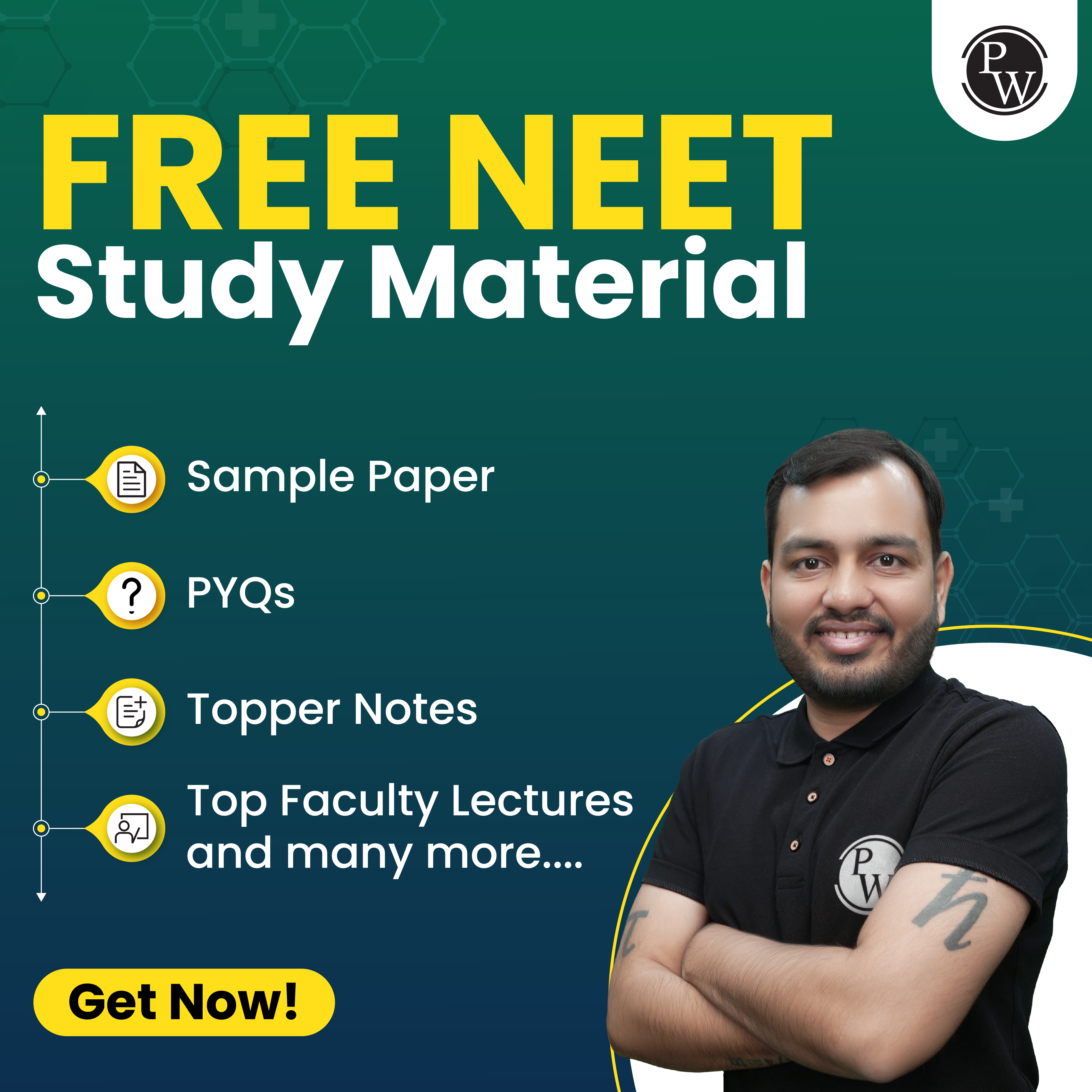
The d and f-Block Elements MCQs with Answer
Practicing d and f-Block Elements MCQs with answers gives you helpful feedback and helps you learn difficult concepts. By looking at both the questions and answers, you can better understand the basic concept of this chapter. This method helps you find and correct mistakes, clear up any confusion, and improve your problem-solving skills. Using this approach will strengthen your knowledge and boost your confidence, helping you do better in NEET.Q 1. Which one of the following is a d-block element?
(1) Gd (2) Zn (3) Es (4) CsAns. 2
Q 2. In the long form of the periodic table, the groups to which the elements of the d-block belong are;
(1) 1 to 10 (2) 3 to 12 (3) 2 to 11 (4) 6 to 15Ans. 2
Q 3. The elements belonging to the first transition series have atomic numbers from;
(1) 19 to 37 (2) 22 to 32 (3) 24 to 30 (4) 21 to 30Ans. 4
Q 4. Which of the following is not an element of the first transition series?
(1) Fe (2) Co (3) Ni (4) AgAns. 4
Q 5. Which of the following belongs to d-block but it is not a transition element?
(1) Mn (2) Fe (3) Zn (4) CrAns. 3
Q 6. Which of the following sets of elements does not belong to transition elements?
(1) Fe, Co, Ni (2) Cu, Ag, Au (3) Ti, Zr, Hf (4) Ga, In, TlAns. 4
Q 7. Which of the following is/are correct?
(I) 5d series comprised of Ac and elements from Rf to Cn.
(II) Transition metals are defined as metals which have incomplete d subshell either in neutral atoms or in their ions.
(III) Zinc, cadmium, and silver are not regarded as transition metals.
(1) All are correct (2) Only (II) is correct (3) (II) and (III) are correct (4) (I) and (II) are correctAns. 2
Q 8. Which of the following is a pseudo-transition element?
(1) Cu (2) Ag (3) Au (4) Hg Ans. 4Q 9. Which of the following statements is correct?
(I) The d-block of the periodic table contains the elements of the groups 3-12.
(II) Transition elements are having the atomic number starts from 21 (scandium).
(III) Zinc, cadmium, and mercury are regarded as transition metals.
(IV) The d-orbitals of the penultimate energy level of atoms receive electrons giving rise to four rows of the transition metals, i.e., 3d, 4d, 5d, and 6d series.
(1) (I), (II), and (IV) (2) Only (I) and (IV) (3) Only (III) (4) (II), (III) and (IV)Ans. 1
Q 10. The d-block elements include;
(1) metals and non-metals. (2) only non-metals. (3) only metals. (4) metals, non-metals, and metalloids.Ans. 3
Q 11. Which of the following statements is correct?
(1) Iron belongs to the third transition series of the periodic table. (2) Iron belongs to the f-block of the periodic table. (3) Iron belongs to the first transition series. (4) Iron belongs to the s-block of the periodic table.Ans. 3
Q 12. Among Cr, Cu, Nb, and Mo, the elements which violate Aufbau principle are;
(1) All of these (2) only Cr and Cu (3) Cr, Cu and Nb (4) Cr, Cu and MoAns. 1
Q 13. In the transition elements, the incoming electrons occupy (n –1)d sublevel in preference to;
(1) np (2) ns (3) (n – 1)d (4) (n +1)sAns. 1
Q 14. Which of the following metals have both the outermost shell and penultimate shell partially filled?
(1) Cr (2) Cu (3) V (4) ZnAns.
Q 15. Which of the following d-block elements have the same configuration of (n–1)d subshell?
(1) Cu, Zn (2) Cr, Cu (3) Cr, Zn (4) Co, NiAns. 1
Q 16. Assertion (A): The electronic configuration of chromium violates the Aufbau principle.
Reason (R): Half-filled configuration is associated with greater stability.
(1) Both Assertion (A) and Reason (R) are true and Reason (R) is the correct explanation of Assertion (A). (2) Both Assertion (A) and Reason (R) are true but Reason (R) is not the correct explanation of Assertion (A). (3) Assertion (A) is true and Reason (R) is false. (4) Assertion (A) is false and Reason (R) is true.Ans. 1
Q 17. The ground state electronic configuration of chromium is against;
(1) Hund’s rule (2) Pauli’s principle (3) Aufbau principle (4) Boyle principleAns. 3
Q 18. Which of the following is the softest metal?
(1) Sc (2) Zn (3) Ti (4) VAns. 2
Q 19. The maximum melting point of the first transition series and minimum melting points of the second transition series respectively are observed with;
(1) Cr and Zn (2) Cr and Hg (3) Cr and Cd (4) Mo and CdAns. 3
Q 20. Which of the following is the correct order of melting point?
(1) Cu > Ag = Au (2) Cu > Ag > Au (3) Cu < Ag < Au (4) Cu > Au > AgAns. 4
Q 21. The metal that has the highest melting point in the first series of transition elements is;
(1) titanium (2) vanadium (3) chromium (4) ironAns. 3
Q 22. Highest melting point is;
(1) Fe (2) Cr (3) W (4) MnAns. 3
Q 23. The atomic radii decrease less rapidly in the case of 3d series elements because;
(1) 4s electrons shield 3d electrons more effectively than the other outer shell electrons. (2) 3d electrons shield 4s electrons more effectively than the other outer shell electrons. (3) 3d electrons shield 4s electrons less effectively than the other outer shell electrons. (4) 4s electrons shield 3d electrons less effectively than the other outer shell electrons.Ans. 2
Q 24. The pair that has similar atomic radii is;
(1) Mn and Re (2) Ti and Hf (3) Sc and Ni (4) Mo and WAns. 4
Q 25. Which of the following set of elements has a similar radius?
(1) Ti, Zr, Hf (2) Fe, Co, Ni (3) Cu, Ag, Au (4) Sc, Ti, VAns. 2
Q 26. Which element exhibits the lowest density in the 3d series?
(1) Sc (2) Cr (3) Zn (4) CuAns. 1
Q 27. The correct order of the second ionisation enthalpies is as follows;
(1) Co < Fe < Zn < Cu (2) Co < Fe < Cu < Zn (3) Fe < Co < Cu < Zn (4) Fe < Co < Zn < CuAns. 4
Q 28. The atomic numbers of vanadium (V), chromium (Cr), manganese (Mn), and iron (Fe) are respectively 23, 24, 25, and 26. Which one of these may be expected to have the highest second ionisation enthalpy?
(1) V (2) Cr (3) Mn (4) FeAns. 2
Q 29. The third ionisation enthalpy is minimum in;
(1) Mn (2) Ni (3) Co (4) FeAns. 4
Q 30. In the following members of transition elements, the lowest ionisation energy is of;
(1) Ti (2) Sc (3) V (4) MnAns. 2
Q 31. The correct order of decreasing second ionisation enthalpy of Ti(22), V(23), Cr(24) and Mn(25) is;
(1) Ti > V > Cr > Mn (2) Cr > Mn > V > Ti (3) V > Mn > Cr > Ti (4) Mn > Cr > Ti > VAns. 2
Q 32. Four successive members of the first-row transition elements are listed below with their atomic numbers. Which one of them is expected to have the highest third ionisation enthalpy?
(1) Vanadium (Z = 23) (2) Manganese (Z = 25) (3) Chromium (Z = 24) (4) Iron (Z = 26)Ans. 2
Q 33. Which of the following is the correct order of third ionisation enthalpy of 3d series elements?
(1) Mn > Fe > Ti > Sc (2) Fe > Mn > Ti > Sc (3) Mn > Fe > Sc > Ti (4) Fe > Mn > Sc > TiAns. 1
Q 34. Statement-I: Second ionisation enthalpy of copper (29) is greater than that of zinc (30).
Statement II: In the 3d series, scandium has the lowest density and copper has the highest density.
(1) Statement-I and Statement-II both are correct. (2) Statement I is correct but Statement II is incorrect. (3) Statement I is incorrect but Statement II is correct. (4) Statement-I and Statement-II both are incorrect.Ans. 1
Q 35. The common positive oxidation states for an element with atomic number 24, are;
(1) +1 and +3 to +6 (2) +1 to +6 (3) +2 and +6 (4) +1 and +3Ans. 3
Q 36. The highest oxidation state exhibited by Mn is;
(1) +3 (2) +2 (3) +5 (4) +7Ans. 4
Q 37. The highest oxidation state of osmium is;
(1) +6 (2) +7 (3) +8 (4) +5Ans. 3
Q 38. Assertion (A): The highest oxidation state of osmium is +8.
Reason (R): Osmium is a 5d block element.
(1) Both Assertion (A) and Reason (R) are true and Reason (R) is the correct explanation of Assertion (A). (2) Both Assertion (A) and Reason (R) are true but Reason (R) is not the correct explanation of Assertion (A). (3) Assertion (A) is true and Reason (R) is false. (4) Assertion (A) is false and Reason (R) is true.Ans. 2
Q 39. Transition metal with low oxidation number will act as;
(1) Lewis base (2) Lewis acid (3) Both (1) and (2) (4) None of theseAns. 2
Q 40. Statement-I: The highest oxidation state of chromium in its compounds is +6.
Statement-II: The chromium atom has only six electrons in ns and (n–1)d orbitals.
(1) Statement-I and Statement-II both are correct. (2) Statement I is correct but Statement II is incorrect. (3) Statement I is incorrect but Statement II is correct. (4) Statement-I and Statement-II both are incorrect.Ans. 1
Q 41. Which of the following elements exhibits maximum oxi-dation state?
(1) Mn (2) Co (3) Fe (4) ZnAns. 1
Q 42. The highest oxidation state exhibited by transition metal is;
(1) +7 (2) +8 (3) +6 (4) +5Ans. 2
Q 43. The variable oxidation state is exhibited by the elements of the 3d series because;
(1) they contain unpaired electrons in 3d. (2) 4s electrons are readily involved in bonding. (3) energy difference between 3d and 4s orbitals is small. (4) 3d electrons only are involved in bonding.Ans. 3
Q 44. Only one oxidation state is possible with;
(1) Cu (2) Zn (3) Fe (4) MnAns. 2
Q 45. The oxidation state of +1 is possible with;
(1) Cu and Cr (2) Cu and Zn (3) Cr and Zn (4) Mn and ZnAns. 1
Q 46. Maximum oxidation state is shown by;
(1) Os (2) Mn (3) Cr (4) CoAns. 1
Q 47. Which element does not show a variable oxidation state?
(1) Sc (2) V (3) Fe (4) HgAns. 2
How to Approach d and f-Block Elements?
Some Tips and Tricks for Approaching d-Block and f-Block Elements are as follows:- Understand Core Concepts: For d-block elements, concentrate on transition metals, their electronic configurations, and their oxidation states. For f-block elements, focus on lanthanides and actinides, studying their distinct properties and electron arrangements.
- Study Periodic Trends: In d-block elements, review trends such as atomic and ionic sizes, ionization energies, and magnetic properties. For f-block elements, examine trends related to ionic sizes, oxidation states, and the concept of lanthanide contraction.
- Master Chemical Properties: For d-block elements, learn about the formation of complex ions, catalytic activities, and common chemical reactions. In f-block elements, understand properties like lanthanide contraction and characteristics of the actinide series.
- Practice Multiple-Choice Questions (MCQs): Regularly solve MCQs to test your understanding and become familiar with the types of questions that may appear. Include both theoretical questions and those that apply practical aspects of d- and f-block elements.
- Review Past Exam Papers: Analyze previous NEET questions related to d- and f-block elements to recognize common question formats and patterns. Practicing these questions will help improve your problem-solving skills and manage your time more effectively during the exam.
- Seek Additional Resources and Help: Utilize textbooks, PW online classes, and tutoring for clarification on difficult topics. Engage with study groups or forums to discuss and resolve challenging concepts.
The d and f-Block Elements MCQs FAQs
Q. What are d and f-Block Elements?
Q. Why is practicing d and f-Block Elements MCQs important for NEET?
Q. How can I effectively practice d and f-Block Elements MCQs?
Q. What should Class 12 students know about d and f-Block Elements?
Q. How does practicing d and f-Block Elements MCQs with answers help?


